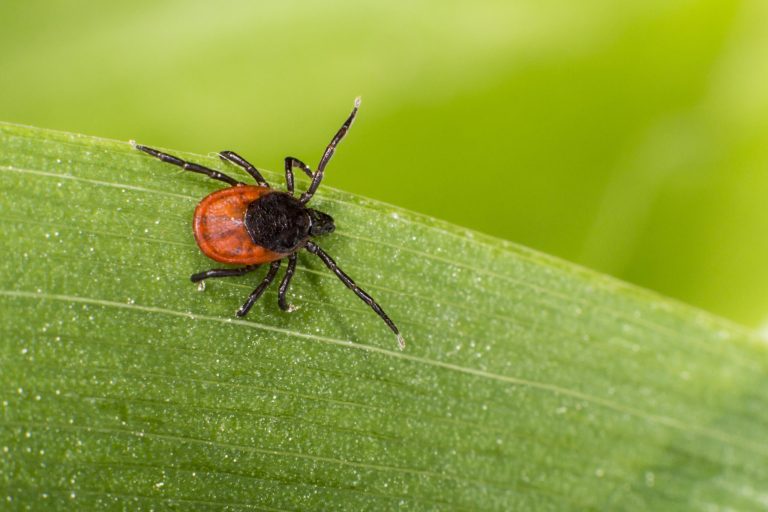
The AAEP Commission for Equine Veterinary Sustainability’s Compensation Subcommittee performed a survey to explore the compensation of equine practitioners in the latter part of 2022. The survey was emailed to 6,564 active members of the AAEP in September 2022, and 1,378 veterinarians responded. Respondents provided their 2021 W2 income from employment as a veterinarian, and the results were segmented by graduation year, type of practice, location, revenue production, average number of hours worked and gender. Because 2021 graduates were students for half the year, their W2 wages only accounted for six months. Because many 2022 graduates were interns for half the year, their wages as an associate also only accounted for only six months of the year. Consequently, both 2021 graduates’ and 2020 interns’ data were removed from the analysis.
Gender Disparity in Professional Careers
Gender disparity in wages for equal work exists across the globe and in many professional career fields, including veterinary medicine. Distinct gender wage gaps were seen across all the survey respondents and graduation years. In all categories, females earned less compensation than males, but the disparity was minor for those in the first ten years compared to nearly all of the middle and later decades. In equine veterinary medicine, doctors’ compensation is generally linked to the revenue produced by the individual for the practice. Consequently, it is necessary to consider the gross production revenue personally earned by the respondents to explore the reasons for the wage gap.
Wage Gaps in Equine Practice
During the first five years of employment as an equine veterinarian, female respondents in the Compensation Subcommittee survey had about 20% lower revenue production than males in the survey. This disparity was seen to continue and worsen over successive past graduation years. However, when the average number of hours that each graduation cohort worked each week during the busiest and least busy quarters of the year was examined, it was apparent that male and female veterinarians worked similar hours. The reasons for the wage differences in equine veterinary practice are unclear, but the data on divergence in revenue production despite similar work hours suggest that the gap occurs for reasons unrelated to time spent working.
Possible Explanations for Gender Wage Gaps
Hypotheses generated by the members of the subcommittee to explain the difference in revenue produced during similar work hours include communication style differences between genders, increased time spent by female veterinarians to create complete medical records, increased prevalence among females for enjoyment of the connections and relationships with clients, or a decreased confidence in their value/worth that creates a reluctance to charge robustly for their time. In addition, it was suggested that unconscious biases might exist among more senior veterinarians that cause them to prioritize mentoring and sharing of more lucrative work with male associates over females, if they have both genders in the practice.
Next Steps
Determining the reasons for these disparities was not possible utilizing the data in the 2022 study. As a result, the Compensation Subcommittee launched a time-tracking study in June 2023 to elucidate these differences. Participants will track their activities every 15 minutes during their workdays for a total of two weeks during a four-month window. These activities are separated by whether they are billable or non-billable. The results will be anonymized and analyzed for differences between the genders.
Continued efforts to understand the reasons for the gender differences in compensation and revenue production in equine veterinary medicine are imperative to ensure a bright future for all who embark on this career.








